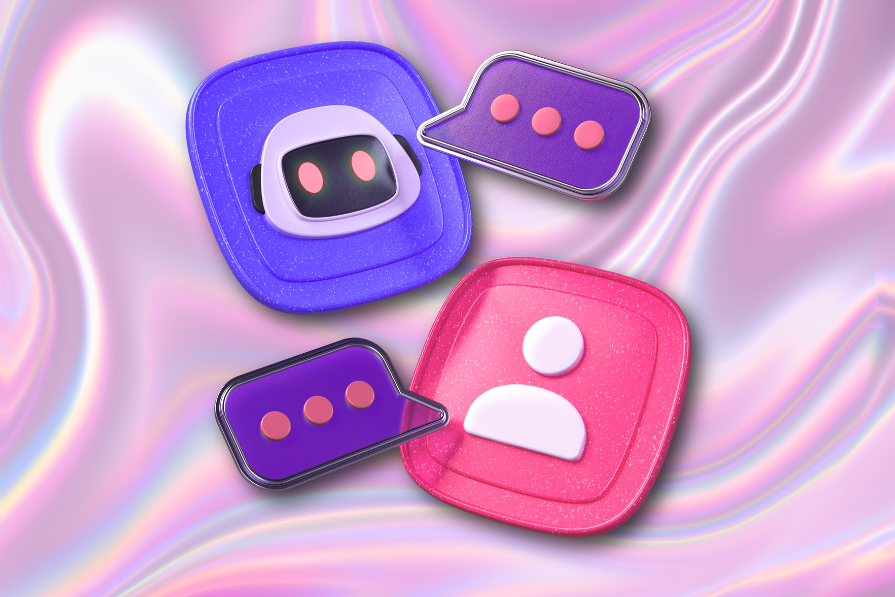
"Businesses replacing human support agents with chatbots isn't new. Even before the AI chatbots of today, which are extremely common now, companies were using heavily engineered chatbots that could understand only certain keywords and respond with specific answers. They were terrible, but the one remarkable thing about them is that they showed us what different demographics really expect from customer support and set the standard for how AI-first helpdesks should work - not only in terms of support agents but support overall, including documentation."
"In short, a helpdesk is an on-site or in-app hub where users can look for help with the product. There aren't any must-have features since every business is different, so your helpdesk features should be tailored according to your business's needs and available resources. That said, AI-first helpdesks are enabling businesses of all sizes to offer the same or better help with fewer resources."
AI-first helpdesks center on conversational AI as the primary support interface, combining chatbots, searchable documentation, and contextual in-app assistance. They contrast with traditional helpdesks by shifting interaction from human agents and rigid keyword bots to flexible, AI-driven dialogs that understand intent and surface relevant resources. UX improves through faster resolution, personalized responses, and unified channels, while businesses gain scalability, lower staffing costs, and consistent support quality. Effective design requires tailoring features to product needs, integrating documentation with conversational flows, and ensuring ongoing training and oversight of AI models. Proper implementation balances automation with escalation paths to human agents for complex issues.
Read at LogRocket Blog
Unable to calculate read time
Collection
[
|
...
]